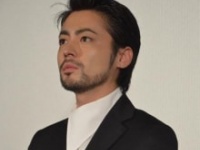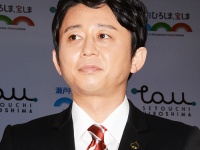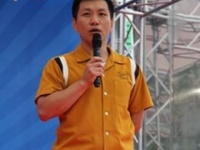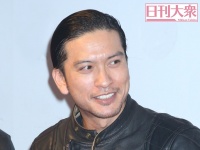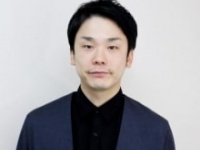世界で最も有名な奨学金制度! 「フルブライト奨学金」を利用するアメリカ人留学生をインタビュー
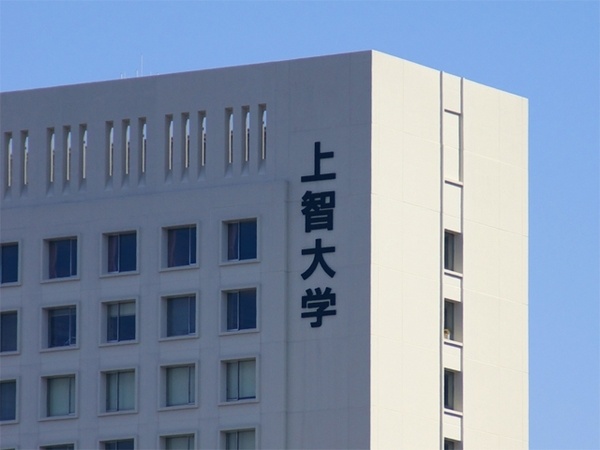
フルブライトの奨学金制度は恐らく世界で最も有名な奨学制度の一つでしょう。日本でもこれまでに6,400人以上が同制度を利用してアメリカに留学しています。アメリカからも多くの奨学生が訪日しているのです。今回は、フルブライトの支援を受けたアメリカからの奨学生(フルブライターと呼びます)に取材しました。
美術史の研究者であるCarrie Cushman(キャリー・クシュマン)さんにお話を伺いました。クシュマンさんは上智大学の客員研究員です。
――クシュマンさんのキャリアを教えてください。
Ms. Cushman: I am 30 years old. I graduated with a degree in Art History from Vanderbilt University in Nashville, Tennessee in 2009. I decided that I wanted to work in the art world, either as a teacher or as a curator in a museum. I became interested in Japanese art as an undergraduate, and decided to pursue it as my speciality. To do this, I spent two years studying the Japanese language before entering graduate school at Columbia University in New York City. I am currently in my sixth year in the PhD program for Art History at Columbia University. I will finish my dissertation next year, at which point I hope to become a professor.
クシュマンさん: 私は30歳です。テネシー州ナッシュビルにあるヴァンダービルト大学で美術史の学位を取得し、2009年に卒業しました。教師や美術館の学芸員といった、アートの世界で働きたいという思いを抱きました。この思いが学部生のときに日本美術への興味とつながり、日本美術史を研究することにしました。ニューヨーク市にあるコロンビア大学大学院に入学する前、日本語の勉強を2年間しました。私は、同大学美術史の博士課程6年目です。来年には論文を完成させ、この分野の教授になりたいと思っています。
――なぜ日本で研究しようと思ったのですか?
Ms. Cushman: I became interested in Japanese Art History after I read an article about the photography of Ise Shrine in the 1950s. The photographs taken by Watanabe Yoshio are very modern in style, but they are photographs of one of the oldest styles of architecture in Japan. I found this paradox compelling and wanted to learn more about this country and its history that I knew very little about.
クシュマンさん 私が日本美術史に興味を持ったきっかけは、1950年代の伊勢神宮の写真に関する記事を読んだことです。掲載されてあった写真は渡辺義雄さんのもので、日本の最も古い建築物をとてもモダンなスタイルで撮っていらっしゃいました。私は、この一枚の写真に古いものと新しいものが共存する矛盾に魅せられました。そして、この国とその歴史について深く知りたいと思いました。
――日本ではどのような研究を行っていますか?
Ms. Cushman: My dissertation focuses on the photography of Miyamoto Ryoji. Miyamoto-san is a contemporary photographer, whose work deals with a range of important social issues, such as urban redevelopment, homelessness, and natural disasters. He has been referred to as the “ruins photographer", and I am also interested in images of ruins in postwar and contemporary Japan. My research consists of interviews with Miyamoto-san and other artists and photographers working on ruins. I also spend a lot of time at the National Diet Library and the library at the Tokyo Photographic Art Museum.
クシュマンさん: 私の論文は、現代写真家の宮本隆司さんの写真に着目しています。彼の作品は、重要な社会問題、例えば都市の再開発、ホームレスや自然災害といったものを題材としています。彼は「廃虚の写真家」として知られており、私も戦後から現在にかけて日本の「廃虚」を写した作品に興味を抱いています。私の研究は、宮本さんをはじめ、廃虚を写す他の写真家やアーティストたちへのインタビューからなっています。国立国会図書館や東京都写真美術館で、多くの時間を費やしています。
――日本に来て見て、日本についての考えは何か変化しましたか?
Ms. Cushman: I have spent time in Japan before, so my thoughts did not change very much. One thing I was surprised by was how graduate seminars are conducted in Japan. In the United States, graduate seminars usually have one topic that they focus on. The professor assigns readings, which are discussed by the group every week. In Japan, the seminars are focused on the students' individual research. Each week, a different student presents his or her research to the group. I like this style, because it is important to get feedback from your peers and professors. So much of my time researching is spent working on my own, so it is nice to have the opportunity to share my ideas with others.
クシュマンさん: 私は以前に日本で過ごしたことがあるので、そのころとあまり考えに変化はありません。ただ、私が驚いたことは、日本の大学院で行われている演習(セミナー)方法です。アメリカの大学院では、通常一つのトピックを取り上げ、教授が読む資料など課題を出し、毎週そのことについて全員で議論します。しかし日本の場合、演習方法が異なり、取り上げるトピックは学生が行っている研究についてです。毎週、学生がそれぞれの研究をプレゼンするというスタイルです。私は、この日本のスタイルが好きです。仲間や教授からのフィードバックは、重要だと思います。日ごろ、一人で自分の研究にいそしんでいるので、自分の考えを他の人と分かち合えることがとても貴重な機会となっています。
――日本での経験はクシュマンさんにとって良いものでしたか?
Ms. Cushman: My experience in Japan has been wonderful! I think it is an easy and pleasant place to live, and I have been fortunate to have the support of the Fulbright program. I have been able to do my research properly in Japan. There are many books, journals, and documents that are not available in the United States, so it would be very difficult to write a dissertation without spending some time in the libraries in Japan. Moreover, the fact that I have been able to conduct multiple interviews with Miyamoto-san has been an invaluable experience. It is very rare for an art historian to be able to talk to the people that she writes about, so I feel very lucky!
クシュマンさん: 日本ですばらしい経験をさせていただいています。日本は、生活しやすく快適な場所ですし、フルブライト奨学金制度の支援を受けられたことは幸運だったと思います。自分の研究をきちんと行うことができています。アメリカにいたらこれほど多くの本、学術雑誌、資料を入手できなかったでしょうし、日本の図書館なしに論文を書くことは難しかったでしょう。さらに、宮本さんに数回インタビューできるという信じられないような経験もしました。美術史家が自分の研究の対象となる人と実際に話ができるというのはめったにないことですから、私はとてもラッキーだと思います。
――ありがとうございました。
いかがだったでしょうか? 大学院での演習のスタイルが日本とアメリカで異なっているというのは興味深い指摘だったのではないでしょうか。クシュマンさんの日本での研究は実り多いものとなっているようです。きっと見事な論文を仕上げられることでしょう。
⇒関連記事:有名奨学金制度「フルブライト」って一体どんな制度?
https://gakumado.mynavi.jp/gmd/articles/40954
⇒日米教育委員会(フルブライト・ジャパン)
http://www.fulbright.jp/
(高橋モータース@dcp)



